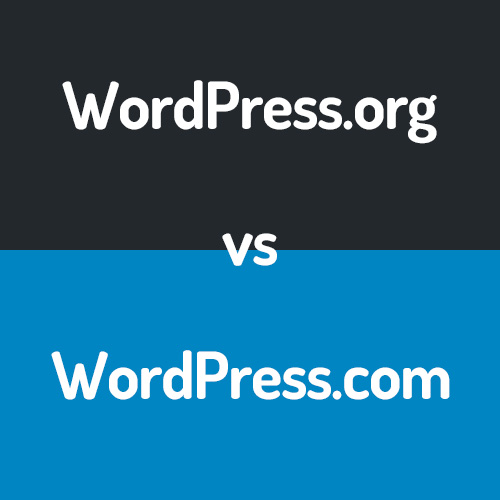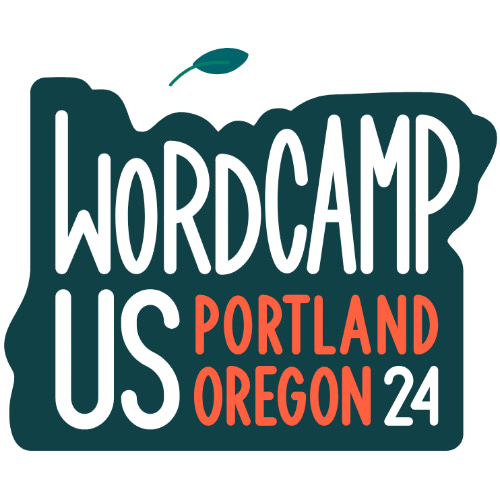WordPress 5.5, named “Eckstine” in honour of American jazz and pop singer Billy Eckstine, was released last month (August 11). It’s available for download from WordPress.org or you can update in your WordPress dashboard.
This latest update sees the addition of lazy-loading images, a new built-in sitemap, auto-updates for themes and plugins, more improvements to the Block Editor, and a bunch of improvements for developers.
Speed
WordPress 5.5 introduces ‘lazy loading' for your images. This is where images only load when they’re just about to scroll into view, helping to load your pages even faster.
When on a mobile device, lazy loading can also keep browsers from loading files meant for other devices which can help users save on their precious data when browsing your site, and therefore also help to preserve battery life.
Search Engine Optimisation (SEO)
WordPress has always been very good when it comes to Search Engine Optimisation and now this latest version of WP includes an XML sitemap to help with search engine discovery. Of course, if you're already using one of the popular SEO Plugins like Rank Math or Yoast SEO, they'll typically disable this built in sitemap in favour of generating their own.
Theme & Plugin Auto-Updates
You can now auto-update your plugins and themes. Auto-updates for themes and plugins aren't turned on by default, instead, you can select which theme/plugin you'd like to get updated automatically on the respective Themes and Plugins screens. Auto-updates are currently only available for themes and plugins that you've downloaded and installed from the official WordPress Theme and Plugin Directories.
Another really useful featured introduced with this new WordPress version, and one that's been requested by users for years, is the ability to manually update your plugins by uploading a zip file. When you upload a plugin or theme zip file in the Dashboard, WordPress will now check to see if that theme or plugin is already installed on your site and if it is, it will ask if you wish to update it with the version that you've uploaded. This feature is really useful if you've installed themes or plugins from third-party developers.
Block Editor Improvements
This latest version of WordPress introduces Block Patterns. Block Patterns are predefined block layouts. They’re typically a group of blocks that have been pre-built and custom styled. Block Patterns are a really useful way to add content to your page, a section at a time, rather than having to build everything from scratch.
A new Block Directory brings a new way to find and install single, independent block plugins into your site. When you perform a search in the Block Inserter, if there’s no matching result in your blocks library, it will also perform a search within the new WordPress Block Directory. If it finds any relevant blocks, you’re able to scroll through those results and immediately install and activate the Block Plugin, right then and there, and have it available to insert into your page without ever leaving the editor.
You now also have access to some basic inline image editing features, such as the ability to crop, rotate, and zoom your photos right from the image block. This feature will help you get the most out of your images when adding them to your content, and adds back some functionality similar to what was previously available when using the Classic Editor.
Developer Improvements
If you're a developer, WordPress now has a standardised way to define a site’s environment type (e.g. development, staging, production, etc…) by simply defining the WP_ENVIRONMENT_TYPE constant in your wp-config.php file. You can then retrieve that type with wp_get_environment_type() and execute only the appropriate code.
The template loading functions (get_header(), get_template_part(), etc…) have a new $args argument which means you can now pass data to those templates.
The PHPMailer library just got a major update, going from version 5.2.27 to 6.1.6. PHP’s OPcache will see more reliable cache invalidation, thanks to the new wp_opcache_invalidate() function. The REST API now officially supports specifying default metadata values through register_meta().
These are just some of the many improvements that developers can look forward to in this latest version of WordPress.
Latest Guide Updates
In this latest version of the guide there's several new chapters and over 100 new images, including new screenshots for the Block Editor, reflecting the UI changes in the Dashboard. This ensures that what you see in the guide is exactly what you see when using WordPress. I hope that you'll find this update makes it easier for you to work with WordPress.
Head on over to the download page to download the latest version of the Easy WP Guide, or if you want to get stuck straight into it, you can always read it online.








